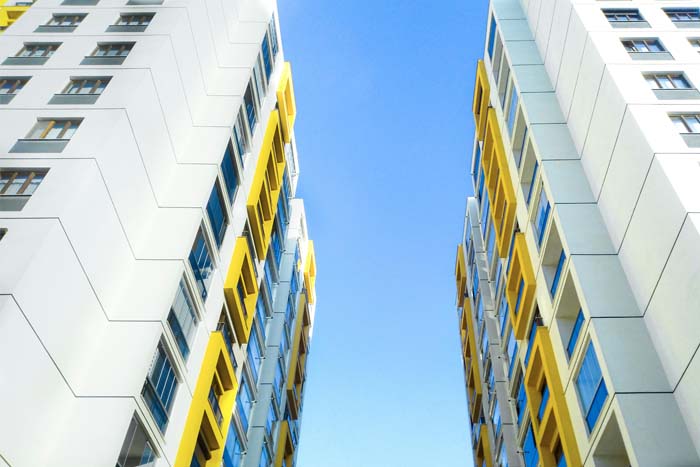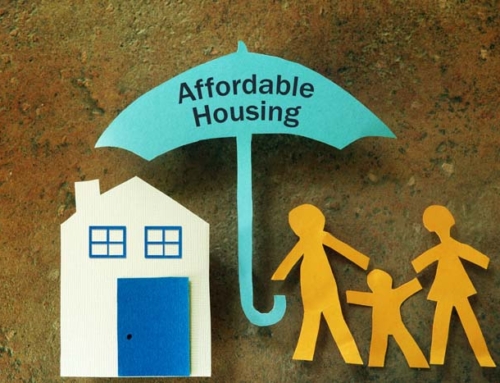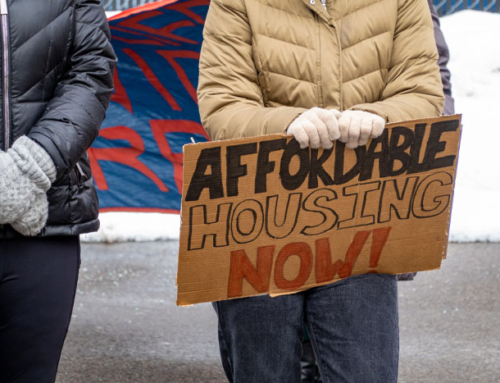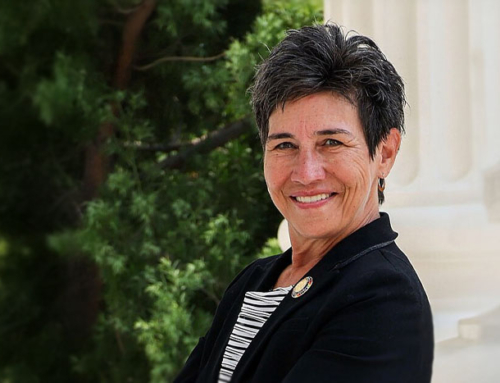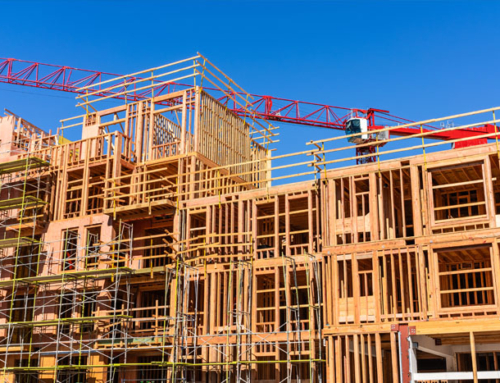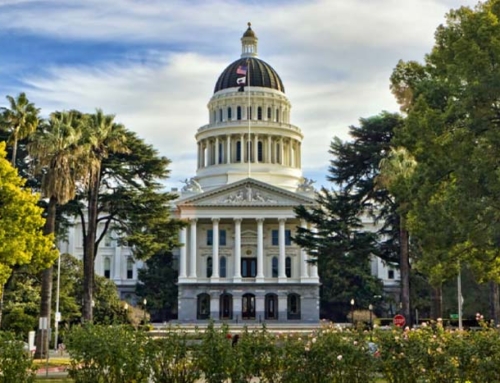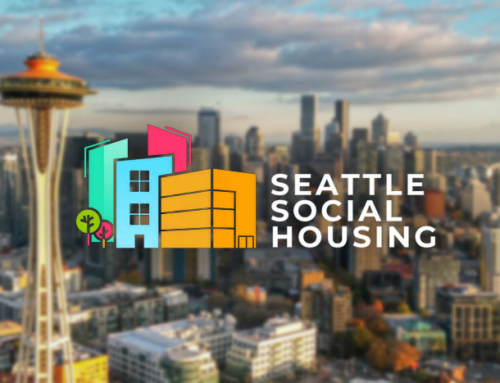The Governor signed the 2024-25 budget on June 27, which saw an overall reduction in spending on housing and an approximately neutral spending on homelessness. The $297.9B spending plan relies on reserves and pauses some business tax credits to address a remaining revenue gap estimated at $56B over the next two years.
For housing programs, the funding picture is mixed: the budget deal restores $500M in Low-Income Housing Tax Credits (LIHTC), which have been included in the budget since 2019, as well as nearly the entire amount of Regional Early Action Planning Grants (REAP) 2.0 funds, but other housing programs were entirely eliminated or had significant cuts.
Some of these cuts could be supplemented through funding from the recently approved Proposition 1 bond measure; however, funding for that measure typically focuses on a subset of people who need affordable housing: those experiencing homelessness who have mental health or substance abuse challenges. Homelessness programs included $1.25B in new funding for programs but saw reductions in funding of approximately the same amount.
- Housing Programs: $1.1B in reductions.
- Multifamily Housing Program: Reduction of $10M for this program, leaving $315M in 2023 – 24 but no funding for 2024-25. This $315M will be part of the next MHP NOFA,
- Infill Infrastructure Program: elimination of the $225M program.
- Adaptive Reuse Program: elimination of the $127.5M program.
- Veterans Housing and Homeless Prevention Program: elimination of the $50M program, consistent with Governor’s January proposal.
- Foreclosure Intervention Housing Preservation Program: reduction of $484M, leaving $16M in the program.
- Regional Early Action Planning Grants 2.0 (REAP 2.0): Retention of $560M from a total of $600M authorized through the 2021-22 budget.
- CalHome Program: A reduction of $152.5M in 2023-24, consistent with the January proposal.
- Low-Income Housing Tax Credit: restores previously eliminated $500M in state LIHTC allocation
- Homelessness Programs: approximately net neutral.
- Homeless Housing, Assistance, and Prevention (HHAP): Provides $1B in additional funding for a sixth round of HHAP grants and retains $740M in funding for Round 5. The budget also includes language requiring more frequent reporting by grantees, corrective action plans, and requires localities to have a compliant Housing Element to receive the second half of their HHAP Round 6 award.
- Behavioral Health Continuum Infrastructure Program (BHCIP): Eliminates $450.7M in one-time funds from the last round of the program. BHCIP will be receiving $4.4B in bond funds through Proposition 1, which was approved in March 2024. Funding applications for $3.3B of BHCIP funding for Launch Ready projects will open on August 9, with applications due in December and awards announced in mid-2025. These funds will focus on unhoused Californians with mental health challenges.
- Behavioral Health Bridge Housing Program: Reduces $250M and a shift of $90M to the Mental Health Services Fund. The Budget maintains $1.25B for this program.
- Bringing Families Home: A delay of $80M to 2025 – 2027.
- Housing & Disability Advocacy: Reduction of $50M for people with disabilities
- Encampment Resolution Program: $250M for additional rounds of ERF grants — $150M in 2024 – 25 and $100M in 2025 – 26.
Housing and homelessness are multisectoral issues, and previous budget years had included funding to address the crisis through work in other sectors, such as student housing and decarbonization. Unfortunately, this year’s budget proposed suspensions and reductions to those programs.
- The State will require previously committed Higher Education Student Housing Grants to either be reverted to the General fund or to be debt-financed.
- The May Revise proposed additional reductions and shifts to the state’s Greenhouse Gas Reduction Fund for the California Energy Commission’s Equitable Building Decarbonization Program, reducing the initial program amount from $922 to $525.5M. The Equitable Building Decarbonization Program provides decarbonization retrofits to low- and moderate-income households and incentivizes increased adoption of low-carbon technologies. While such funding could be supplemented by Federal Inflation Reduction Act (IRA) funds, these reductions risk the State missing out on leveraging IRA funding to create even greater impact.
These cuts place additional pressure on the November ballot initiatives to raise funding for housing, including the state-wide Proposition 5 (ACA 1, Aguiar-Curry) initiative, which seeks to lower the voter threshold for special taxes, including affordable housing and infrastructure bond measures, from two-thirds to 55%, the same bar required to pass bonds for school renovations; the Bay Area Housing Finance Agency’s (BAHFA) $20B bond and LA County’s Affordable Housing, Homelessness Solutions and Prevention Now sales tax measure.
In August, state leaders will revise the 2024-25 budget package through additional budget-related legislation, also known as trailer bills. Meanwhile, the administration is already developing the Governor’s proposed 2025-26 budget for release by January 10.
© LeSar Holdings/LeSar Development Consultants. All Rights Reserved. Please be advised that any republishing of copyrighted material provided by our organization, in whole or in part, requires prior written authorization. For permission, please reach out to [email protected]. We appreciate your understanding and compliance in upholding copyright laws.

